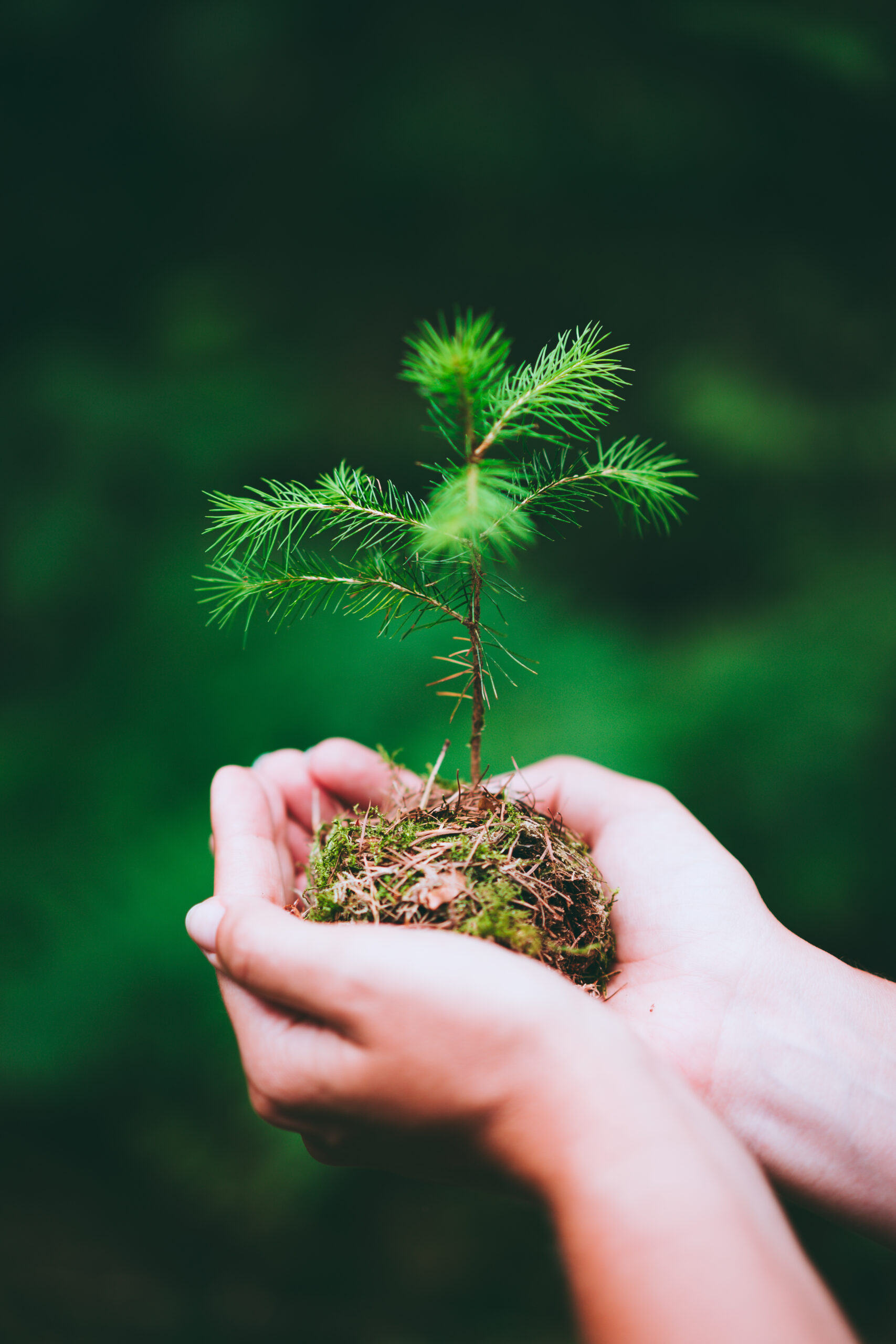Composting is a simple and effective way to reduce food waste while creating nutrient-rich fertilizer for your garden. In this blog post, we’ll explore the joy of composting and how you can get started with it at home.
What Is Composting?
Composting is the process of breaking down organic matter such as food scraps, yard trimmings, and animal manure into a rich soil amendment called compost. It’s a natural cycle that occurs in nature, but by intentionally creating conditions that encourage decomposition, you can speed up the process and create high-quality compost in just a few months.
Why Should You Compost?
There are many reasons why composting is a great idea. First and foremost, it reduces the amount of organic material that ends up in landfills. This helps to conserve valuable space in our already overburdened landfills and also reduces greenhouse gas emissions from decomposing organics.
In addition, composting provides numerous benefits for your garden. Compost improves soil structure, increases water retention, and boosts plant health by providing essential nutrients like nitrogen, phosphorus, and potassium. By using compost instead of synthetic fertilizers, you can help to build healthy soils and promote sustainable gardening practices.
How To Get Started With Composting At Home
Getting started with composting is easy! Here are some steps to follow:
1. Choose a location – Find an area in your yard or garden where you can set up your compost pile. Look for a spot that gets plenty of sunlight and has good drainage.
2. Gather materials – You will need a mix of “brown” (dry) materials like leaves, shredded paper, and straw, along with “green” (wet) materials like fruit and vegetable scraps, coffee grounds, and grass clippings. You can also add in some soil or finished compost to jumpstart the process.
3. Build your pile – Layer your materials in a roughly equal mixture of browns and greens, making sure to keep the pile moist but not too wet. You may want to use a wire mesh or other barrier to keep animals out.
4. Monitor your pile – Keep an eye on your compost pile to make sure it stays warm and moist. Turn it regularly to aerate the materials and distribute any heat generated during the decomposition process.
5. Harvest your compost – After several weeks or months depending on the size of your pile, your compost should be ready to harvest. Use a pitchfork or other tool to remove any large chunks of uncomposted material, then spread your freshly made compost onto your garden beds or containers.
Mistakes To Avoid When Composting And How To Fix Them
Even if you follow all the rules, there may still be times when things go wrong with your compost pile. Here are some common mistakes people make when composting and tips for fixing them:
1. Not enough airflow – If your pile doesn’t have enough oxygen, it could become smelly and attract flies. Try turning your pile more frequently or adding more brown materials to increase airflow.
2. Too much water – Excessive moisture can lead to mold growth and slow down the decomposition process. Add more dry materials or turn your pile more often to improve drainage.
3. Not enough nitrogen – Green materials provide nitrogen, which is essential for healthy plant growth. Make sure to include plenty of green materials in your pile to ensure adequate nitrogen levels.
4. Pests – Rodents and insects can sometimes be drawn to compost piles. Consider building your pile away from areas where they tend to gather, or try using natural repellants like citrus peels or cayenne pepper.
Conclusion
Composting is a fun and rewarding way to reduce waste and create nutritious soil amendments for your garden. Whether you’re new to composting or looking to refine your skills, following these guidelines can help you achieve success with your own backyard compost pile. So what are you waiting for? Let’s get started with the joy of composting today!




